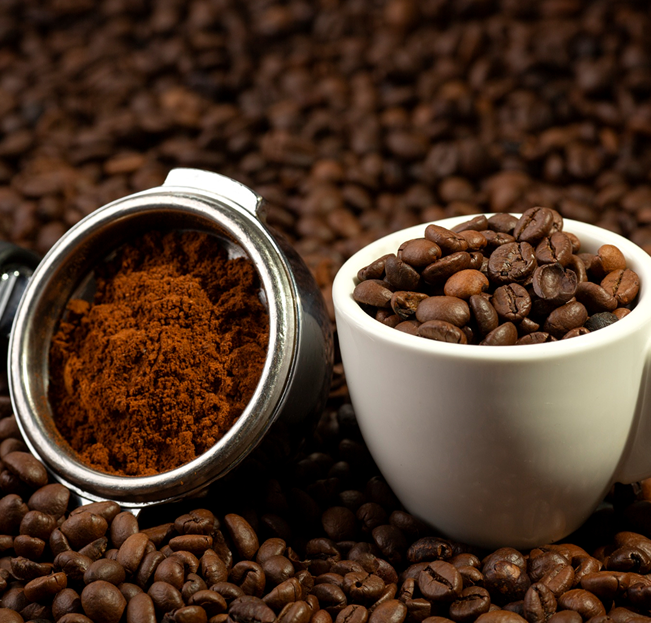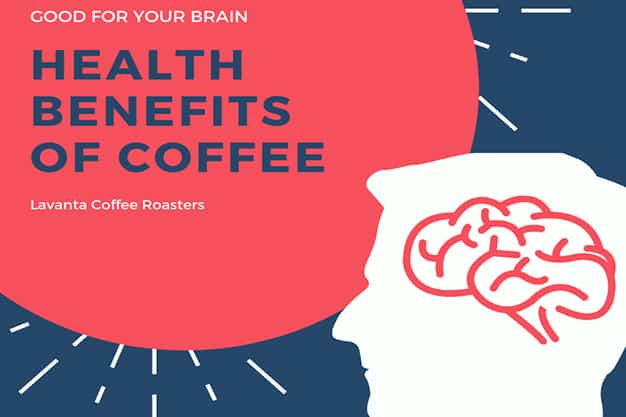
Coffee is one of those foods that has gone back and forth with nutritionists over the years, with some benefits and some drawbacks as well. While this classic beverage has been enjoyed for many years and in many nations, modern consumers are concerned about the effects on the heart, teeth, and anxiety—but, in moderation, the […]
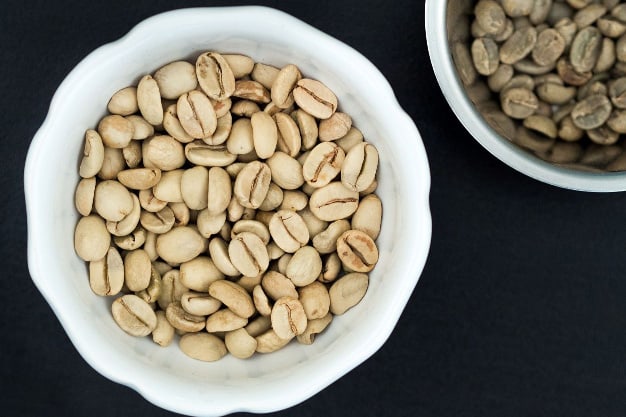
Anyone who lives in a chilly, northeastern climate like New Jersey can appreciate a hot cup of coffee. But what about the warmer weather, including monsoon season? Many of Lavanta Coffee Roasters’ New Jersey customers have never been near a monsoon, but may be surprised to find out that monsoons and coffee once went together! […]
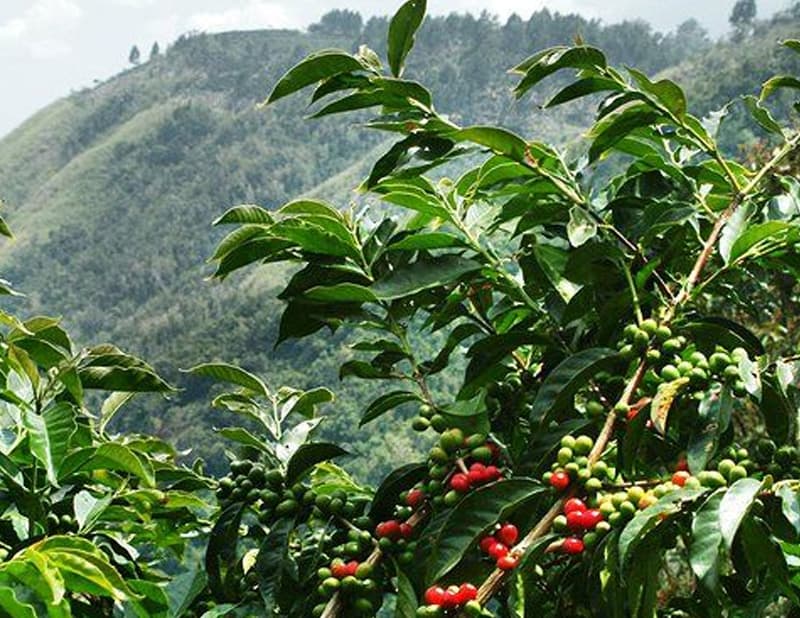
Critical coffee lovers nationwide are investing in a sweet, spicy, and clean coffee made from beans grown in a secluded part of the Indonesian mountains on the tropical island of Sulawesi. The geographic location is so remote that it takes four days of horseback riding on the hard dirt road to get into this region […]
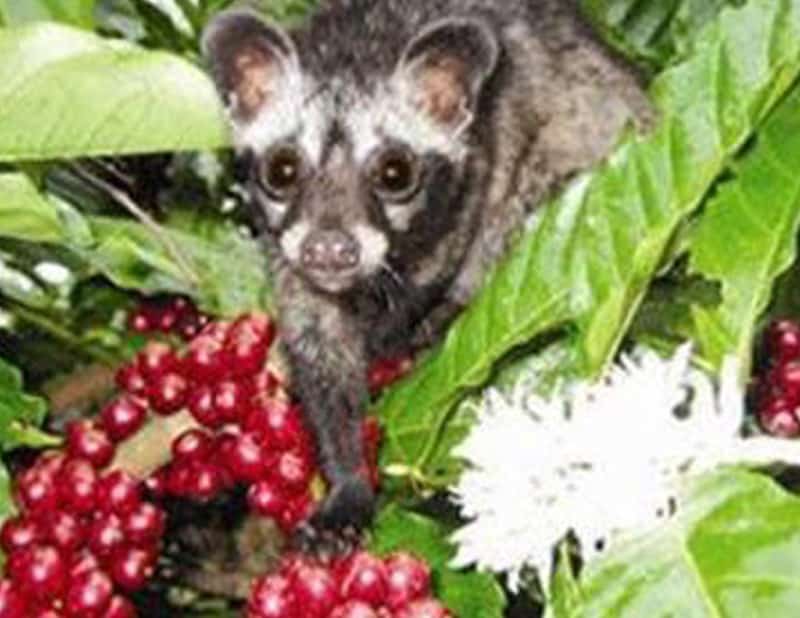
Legend has it Kopi Luwak was discovered in Indonesia under Dutch colonial rule. During that time, native farmers and plantation workers were forbidden from harvesting coffee for their own use from the cash-crops and were left to scrounge around the plantations. The civet cat eats only the ripest of coffee cherries and passes the seeds—the […]
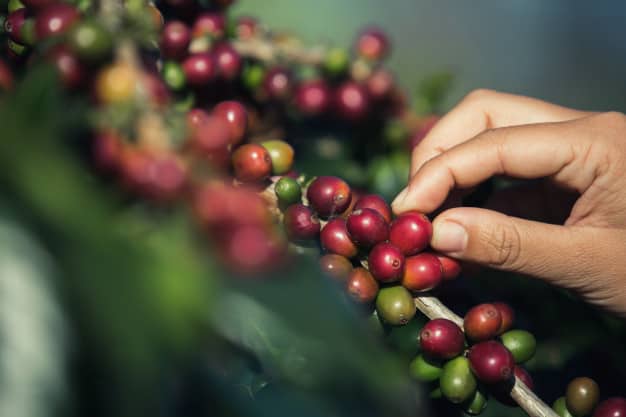
Arabica or Robusta? Faced with these different terms, many consumers simply take a guess—Arabica sounds… Arabic, perhaps, like it comes from a hot climate, where Robusta… will be robust? For those in the coffee industry, however, there is far more to it than just what those names can suggest. At Lavanta Coffee Roasters in New […]









